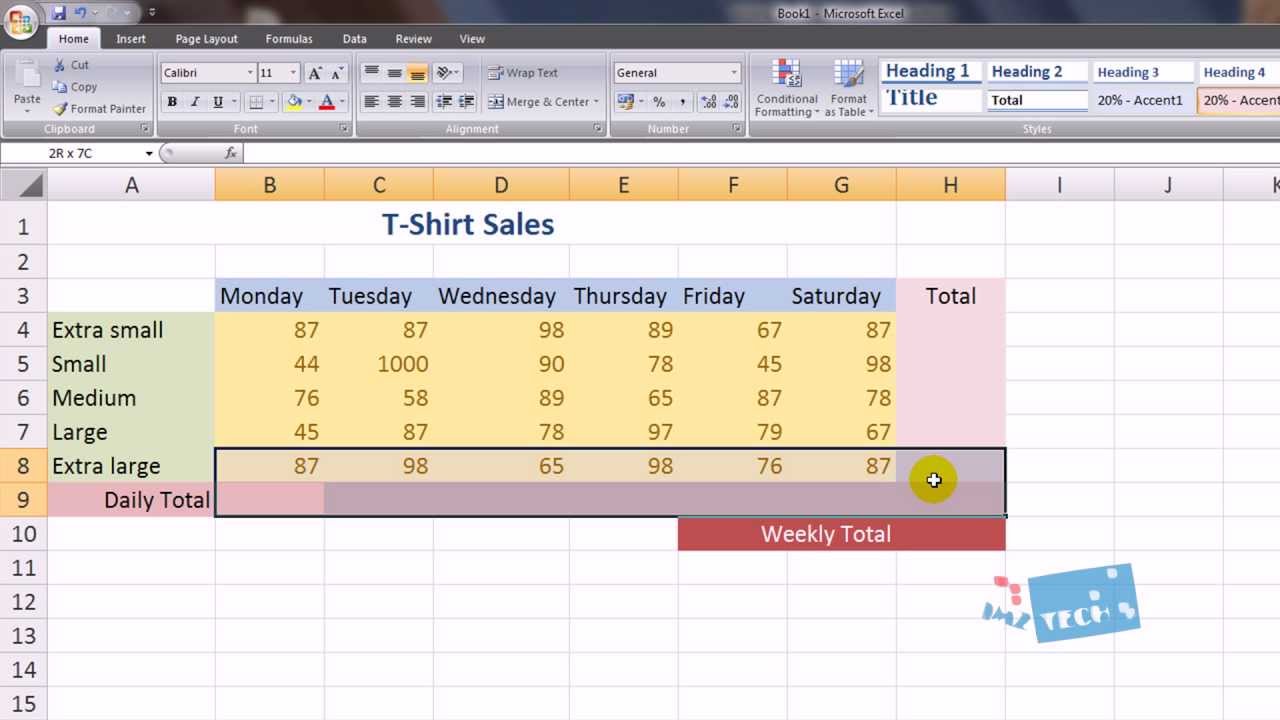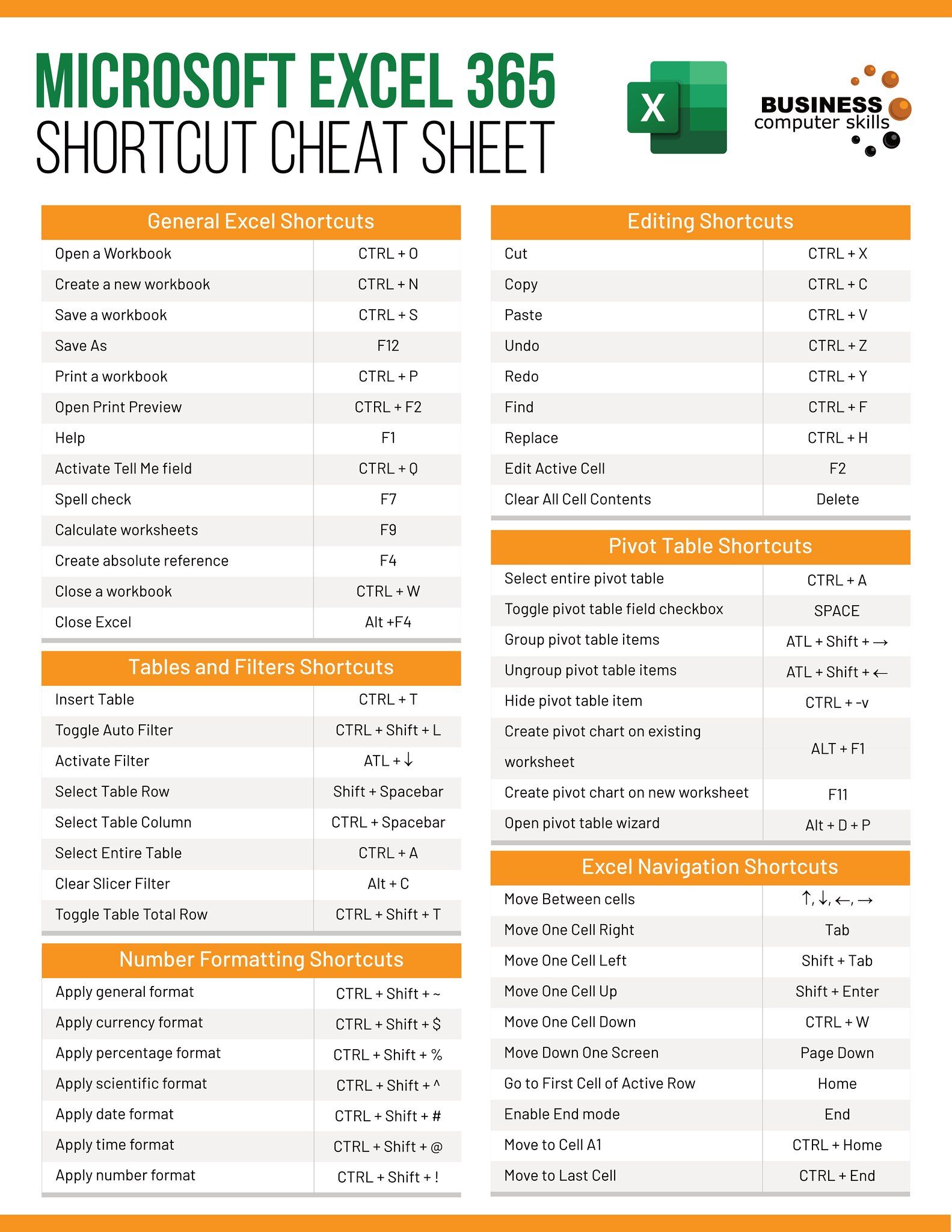How To Perform Sum In Excel Sheet

In today's digital world, mastering Microsoft Excel can significantly boost your productivity, especially when dealing with numerical data. Among the many functions Excel offers, the SUM function remains one of the most fundamental and widely used. Whether you're compiling a budget, tracking sales, or analyzing data, knowing how to sum values in Excel efficiently can streamline your tasks. Let's explore the various methods to perform a sum in Excel, ensuring you can leverage this powerful tool to its fullest potential.
Using the SUM Function

The simplest and most common method to sum numbers in Excel is by using the SUM function. Here’s how:
- Select the cell where you want the sum to appear.
- Type
=SUM(followed by the range of cells you wish to sum. For example, if you want to sum cells from A1 to A10, you would type=SUM(A1:A10). - Press Enter. Excel will calculate the sum of the specified cells.
The SUM function can also handle non-contiguous ranges by separating them with a comma. For instance, =SUM(A1:A10, C1:C10) would sum cells in both ranges.
Quick Sum Using AutoSum

For those who need to perform sums quickly:
- Select the cell where you want the sum to appear.
- Go to the Home tab in Excel’s Ribbon.
- Click on the AutoSum button (Σ).
- Excel will guess the range you want to sum, usually the range directly above or to the left of your current cell. If it’s correct, press Enter. If not, drag to adjust the range.
Summing with Keyboard Shortcuts

For efficiency:
- Place your cursor in the cell where you want the sum.
- Press Alt + = on your keyboard. This is the shortcut for AutoSum.
Excel will similarly attempt to sum the appropriate range.
Using the Subtotal Function for Filtered Data

When dealing with filtered data, SUBTOTAL is invaluable:
- Select the cell where you want the subtotal.
- Type
=SUBTOTAL(9, [range]), where 9 represents sum. For example,=SUBTOTAL(9, A1:A100)will sum only the visible cells within the specified range.
The SUBTOTAL function ignores hidden rows, making it perfect for working with large datasets where filtering is common.
Summing Only Visible Cells

To sum only visible cells in a selected range:
- Use the Subtotal function as above, or;
- Go to the Data tab, click on Subtotal, and choose Sum for the function to apply subtotals automatically.
Summing Based on Conditions

Excel’s SUMIF and SUMIFS functions allow for conditional summing:
- SUMIF sums cells based on a single criterion:
=SUMIF(range, criteria, [sum_range]). For example,=SUMIF(A1:A10, “>50”, B1:B10)sums values in B1:B10 where A1:A10 is greater than 50. - SUMIFS allows for multiple criteria:
=SUMIFS(sum_range, criteria_range1, criteria1, [criteria_range2, criteria2], …). This function is handy when you need to sum based on several conditions.
🌟 Note: When using SUMIFS, ensure all criteria ranges and the sum range are the same size and shape to avoid errors.
Using Advanced Formulas

When you need to perform complex sums:
- Array formulas can be used for multi-step operations. For instance,
{=SUM(A1:A10*B1:B10)}entered with Ctrl+Shift+Enter calculates the sum of product for two arrays. - PivotTables can also be used for dynamic sum calculations, especially for multi-dimensional data analysis.
Summing Entire Columns or Rows

If you need to sum an entire column or row:
- For a column: Use
=SUM(A:A)to sum all values in column A. - For a row: Use
=SUM(1:1)to sum all values in row 1.
⚠️ Note: Be cautious when summing entire columns or rows as this can slow down Excel's performance for large datasets.
Ensuring Accurate Summing

Excel offers tools to ensure your sums are accurate:
- Use Auditing Tools like Trace Dependents to check which cells affect your sum.
- Ensure cells that should not be summed are not included in your range. Use error checking to highlight cells with potential issues.
- Consider using conditional formatting to highlight outliers or unexpected data points in your dataset.
In summary, Excel provides various methods for summing values, each tailored to different needs and complexities of data analysis. From basic functions like SUM and AutoSum to advanced conditional summing with SUMIF/SUMIFS, and even the use of array formulas or PivotTables, Excel empowers users to manipulate numerical data efficiently. By choosing the right method, you can streamline your workflow, making data management and analysis a breeze. Whether you're a novice or an advanced user, there's an Excel summing technique to match your skill level and task requirements.
What is the difference between SUMIF and SUMIFS?

+
SUMIF allows you to sum values based on a single criterion, while SUMIFS lets you sum based on multiple criteria, offering more flexibility for complex data analysis.
How can I quickly find and sum filtered data in Excel?

+
Use the SUBTOTAL function with the argument 9 for sum, which automatically ignores filtered out or hidden rows.
What should I do if my SUM function includes cells I didn’t intend to sum?

+
Review and adjust the range you are summing, use auditing tools to trace errors, or implement SUMIF/SUMIFS to exclude unwanted cells based on specific criteria.



